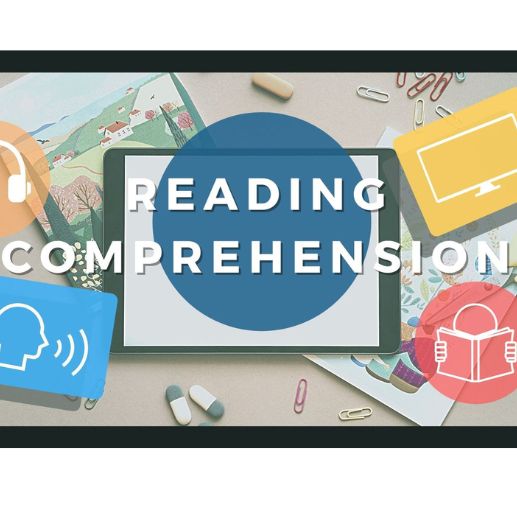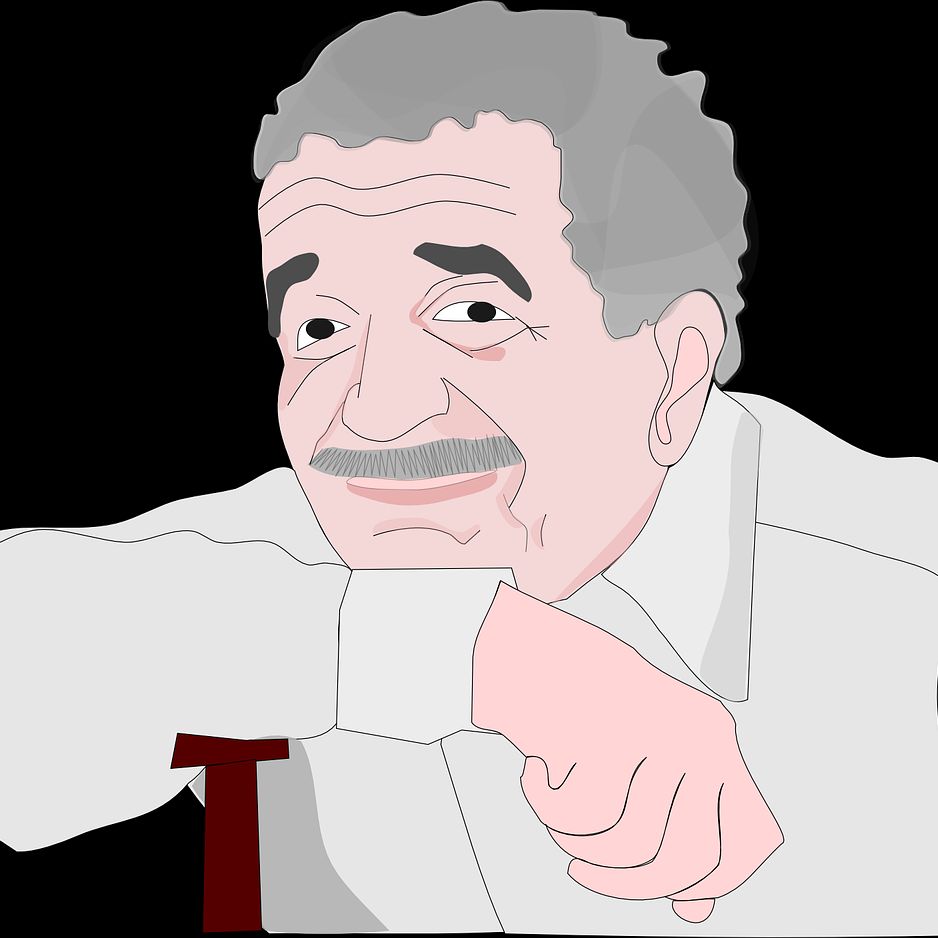
Do You Really Need to Stretch When You Exercise?
Opis
f you're going to exercise, you have to stretch, right?
Well, maybe not.
The answer might depend on your goals, and what you mean by "stretch."
There are different types of stretches.
In what are known as "static" stretches, you hold a single position for perhaps as long as 60 to 90 seconds. These stretches are great for increasing flexibility.
But there are also "dynamic" stretches, where you repeatedly — but carefully — move your joints through their full range of motion.
Expert opinion on how to use these stretches has changed over the years. But it's now generally believed that dynamic stretching is best before you exercise, while static stretching is better after.
As Alisa Bowman writes for the Mayo Clinic, dynamic stretching helps improve blood flow and joint mobility, which gets your body ready to exercise. Studies have even found that dynamic stretching before exercise can improve your performance.
Meanwhile, some research has found that static stretching can temporarily weaken your muscles, which is why it's generally no longer recommended before certain sports — and especially not for high-performance athletes.
Instead, static stretches are typically recommended for helping to relax your muscles after exercise. Since you've been moving and increasing blood flow to your joints and muscles, you'll actually be more flexible, so you'll get more benefit from those stretches.
But while you may have been told that stretching will reduce soreness after you exercise, research has found that it really doesn't make much difference.
You've also probably been told to stretch to avoid injuries. But research doesn't seem to support that either — especially for static stretching.
Writing for WebMD, Sonya Collins says that, as long as you stretch sometime, it's fine if you don't do it around the time you exercise.
In fact, some experts say if you're short on time, it's better to exercise without doing any stretching than to cut your workout short!
Kanał podcastu
Practice Listening, Reading & Comprehension
Autor
Wszystkie odcinki

中华成语典故----指鹿为马

#10 Perfumed Gentleman Part 2(香水紳士②, Kôsui shinshi)

맛집 좀 추천해 줘. 给我推荐一下美食店吧。

〈#115〉9月14日水曜日 船に乗って、海の上から港を見る!

Gabriel García Márquez

WORK-LIFE BALANCE

3月3日は雛祭り(ひなまつり)

Especias en América Latina
Popularne odcinki

中华成语典故
中华成语典故----指鹿为马

OYASUMI にほんご
#10 Perfumed Gentleman Part 2(香水紳士②, Kôsui shinshi)

[YOON] 1분 한국어
맛집 좀 추천해 줘. 给我推荐一下美食店吧。

北海道Hokkaido生活 for Japanese learners
〈#115〉9月14日水曜日 船に乗って、海の上から港を見る!

Podcast en español para principiantes - Vocabulary (Podcast in Spanish for beginners)
Gabriel García Márquez

la Rubrica di Simona
WORK-LIFE BALANCE

日本のおいしいごはん
3月3日は雛祭り(ひなまつり)

Español con todo
Especias en América Latina